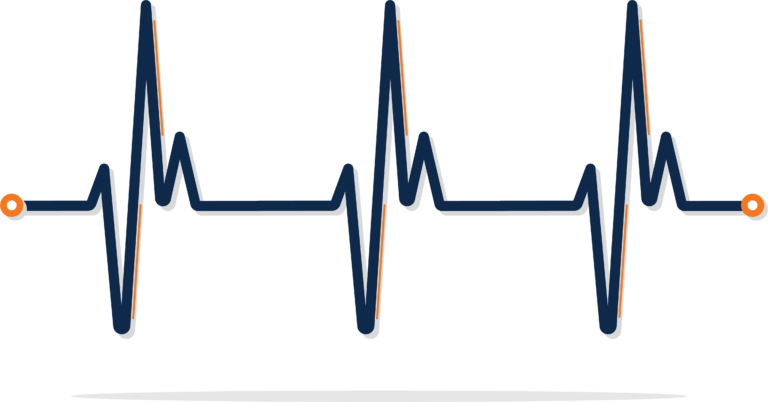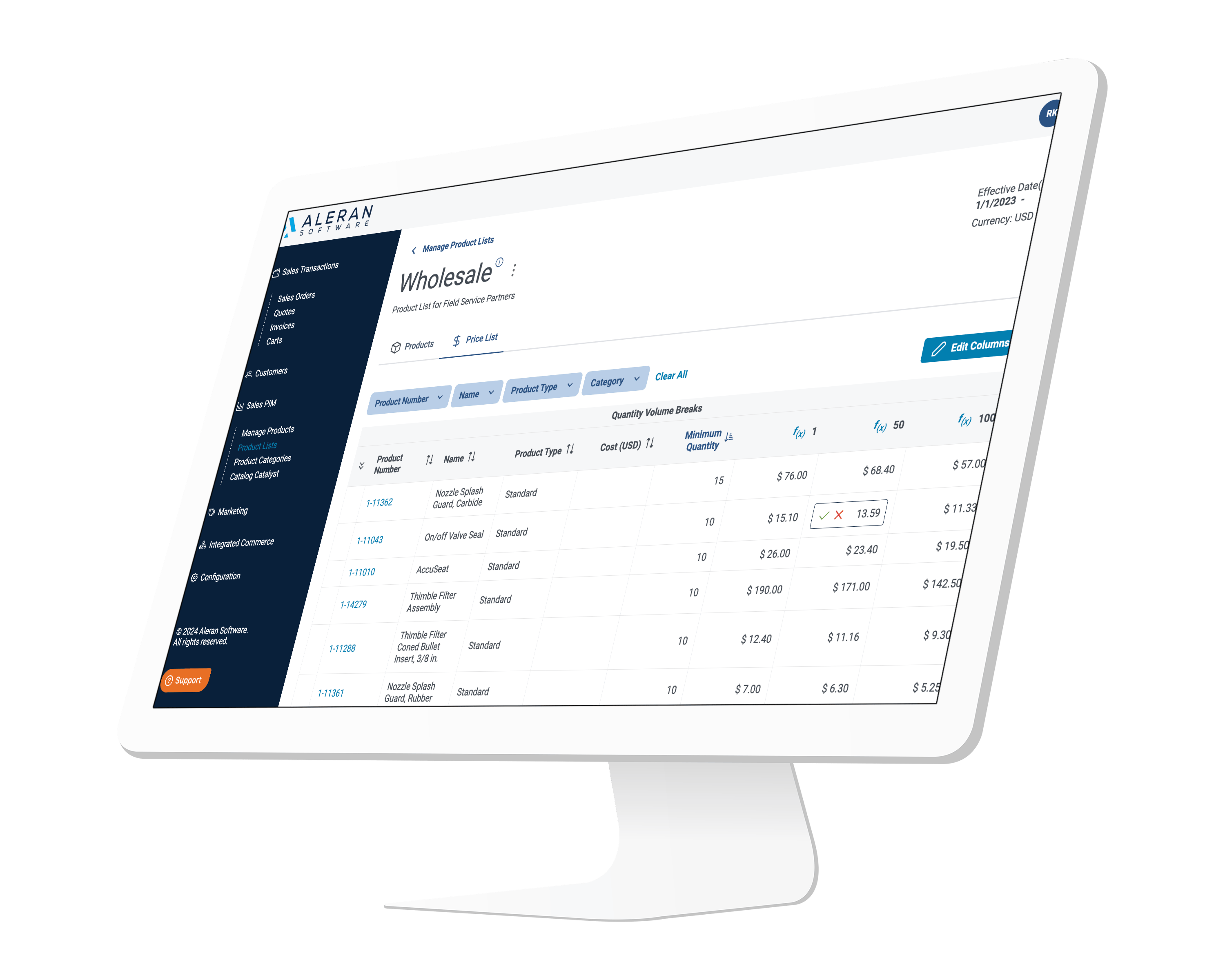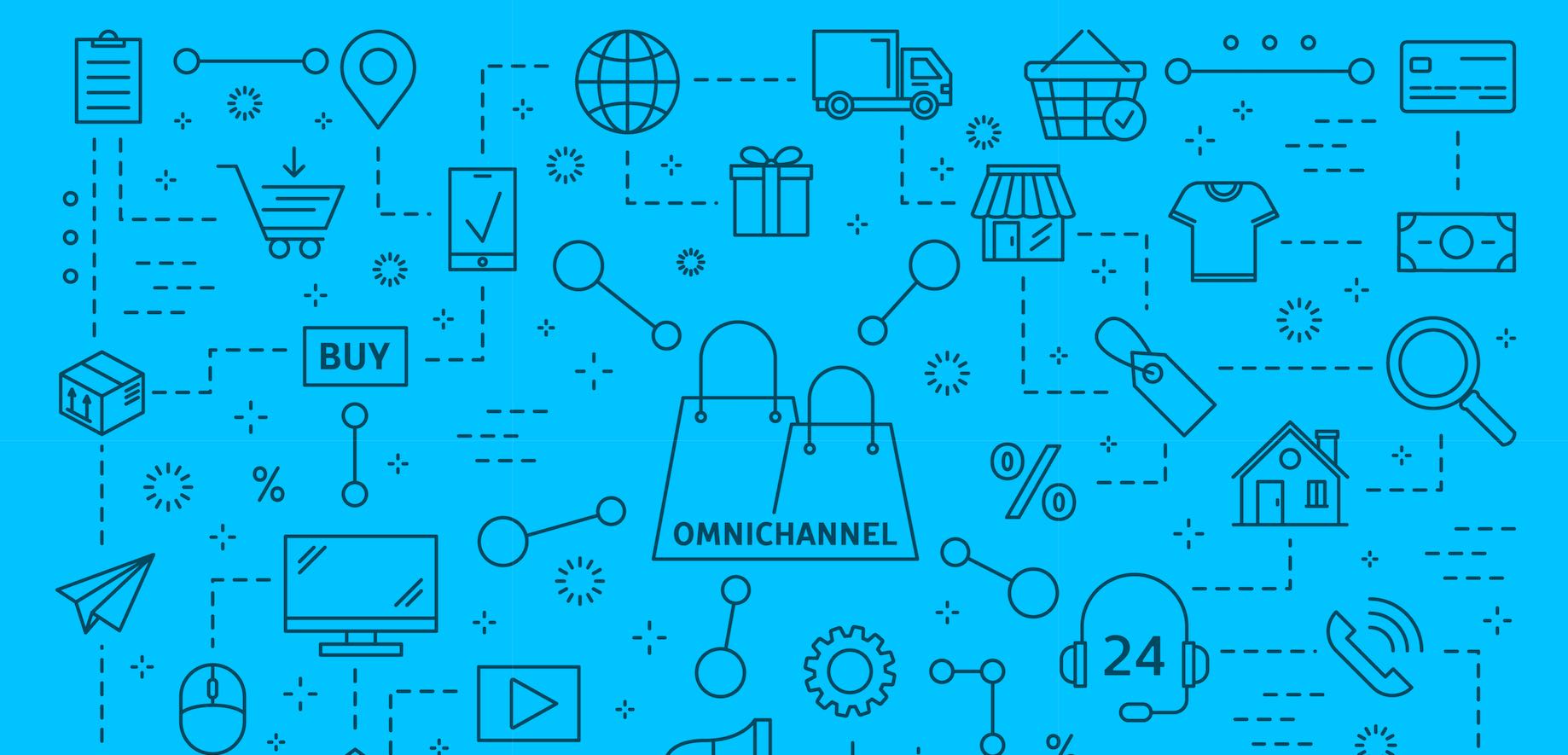The market-shaping events of 2020 and 2021 have impacted B2C retail trends enormously, especially with the huge transition to online selling and buying. According to Nielsen, omnichannel shopping grew 50% in 2020. With consumers awash in digital technology (mobile phones, laptops, desktops, tablets, connected smart home devices, and wearables), there’s increasing demand and expectation for consistent B2C experiences across devices and channels.
Converting customers wherever they happen to be shopping is at the heart of omnichannel retail — whether a transaction is happening on a website, in an app, on a social media channel, or at a brick-and-mortar location. Here are just a few of the retail trends on deck for omnichannel retail in 2021:
Cross-channel analytics
For businesses approaching e-commerce through multiple sales channels, using analytics to understand the customer journey across channels is gaining serious traction. That means a special focus on multi-channel attribution, or understanding how online experiences may or may not be influencing what happens offline. As data learnings are applied to the sales ecosystem, expect to also see results in everything from increased conversions to more effective marketing efforts to data-driven product development.
Social-e-commerce hybrids
With social platforms introducing new ways to shop within their platform environments (YouTube recently launched shoppable ads and TikTok is now allowing social commerce URLs in their videos), many are predicting that interactive video will be the social and e-commerce hybrid to watch in 2021. And while selling through video content is nothing new, recent improvements in technology that allow sellers to more accurately monitor the success of their videos sales across multiple channels will make for better, more powerful campaign tracking.
Digital payment processing
Whether selling in-store or online, retailers will continue to invest in making their sales ecosystems more seamless. For many, that means a focus on digital payment processing. In addition to online payment processing for e-commerce, retailers will continue to introduce in-store apps and other contact-free or touchless payment options for shoppers. Buyers in a post-pandemic mindset will continue to value curbside or local pick-up options, which means optimizing the buyer journey with multiple paths for digital payment (including in physical retail spaces) should be paramount for sellers.
Supply chain transparency
Look out for increasing transparency between the layers of intermediaries involved in logistics and distribution — specifically how products get from a warehouse to a buyer. Consumers are better informed than ever before, making trust and authenticity even more critical, particularly when it comes to brand and business loyalty. Technology will play a large role in creating a more transparent supply chain, especially when it comes to AI helping to speed automation across manufacturing and logistics.
These omnichannel retail trends all speak to the importance of sellers and brands finding effective ways to provide customer experiences that are streamlined, consistent, and customized. Aleran’s B2C E-Commerce Store Builder, helps sellers create tailored and integrated omnichannel experiences. Using the drag and drop configuration interface, sellers can quickly and easily launch secure, branded online shops without any technical expertise — engaging customers more successfully and growing sales revenues across all digital channels.
Want to see what Aleran’s Commerce platform can do for your business? Request a demo today!




